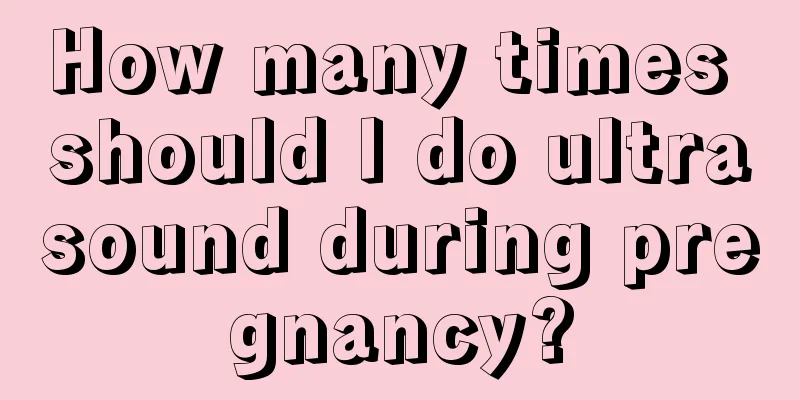It turns out that "stimulants" are right beside us

|
In sports competitions, in addition to the heroic figures of athletes, we often see the word "doping". In the just-concluded 2021 Tokyo Olympics, Russia was banned due to doping issues and could only participate as the Russian Olympic team. The use of doping is an act that violates the spirit of sports. The International Olympic Committee stipulates that: competitive athletes use any form of drugs or take physiological substances in abnormal amounts or through abnormal channels in an attempt to improve their competitive ability in an artificial and improper way. We may think that doping is far away from top competitions, but in fact, there are many types of doping, and some are even around us, used as common drugs to treat diseases [1]. 1. Peptide hormones Common drugs of this type of stimulant include glucocorticoids, insulin, growth hormone, erythropoietin, etc. [2]. Glucocorticoids play an important regulatory role in the body's development, growth, metabolism, and immune function, and are also the most widely used and effective anti-inflammatory and immunosuppressant in clinical practice. They have an overall promoting effect on human functions and can be used clinically for a variety of diseases such as asthma, chronic obstructive pulmonary disease, and rheumatoid arthritis. Insulin is an important hypoglycemic drug that promotes the body's conversion and utilization of glucose, thereby improving the body's utilization of energy, while inhibiting ketone body production and preventing muscle soreness and fatigue. Growth hormone can promote bone and muscle development. Erythropoietin promotes red blood cell production and increases blood oxygen carrying capacity. It can be used clinically for patients with severe anemia. 2. Narcotic drugs Such stimulants include cocaine, fentanyl, morphine, oxycodone, pethidine, etc. These drugs are similar to some drugs, act on the central nervous system, are addictive, can produce euphoria, have strong analgesic ability, and are mainly used for pain relief in clinical practice. The "euphoria" it brings can help athletes overcome tension, fear and other emotions on the field, so as to achieve good results. 3. Pharmaceutical precursor chemicals Such stimulants include ephedrine, methylephedrine, and pseudoephedrine, which can increase the alertness of athletes, temporarily reduce fatigue, and increase aggression. Such substances are often added to cold medicines, such as Contac, Tylenol, and Baijiahei. It can be seen that athletes should not take medicine casually when they have a cold, otherwise they may accidentally use stimulants. 4. Others Other common stimulants in clinical practice include beta-receptor blockers (bisoprolol, metoprolol, etc.). These drugs can slow down the heart rate and reduce myocardial oxygen consumption. They can increase myocardial tolerance to exercise and eliminate athletes' anxiety and tension. They can be used in high-precision skills such as shooting and archery. They are often used in clinical practice to treat hypertension and arrhythmias. β-receptor agonists (such as salbutamol, formoterol, etc.) can dilate the bronchi and increase oxygen intake. They are commonly used in the treatment of asthma and chronic obstructive pulmonary disease. The US swimming team is nicknamed the "Asthma Team" by netizens, and they are "licensed drug users". They are likely taking this type of drug, which can increase the oxygen intake of athletes when breathing in the water, enhance aerobic consumption and energy conversion, and thus improve athletic performance. Some stimulants, including psychotropic drugs, are also stimulants, such as methylphenidate and selegiline. Methylphenidate can be used to treat ADHD and can help improve concentration when used in competitive sports. The famous American gymnast Biles was diagnosed with ADHD and was allowed to take drugs to treat ADHD, which is legal stimulant use. Selegiline inhibits the degradation of dopamine in the brain and can be used to treat Parkinson's disease. If used by normal people, dopamine receptors in the brain will continue to be excited, which will have a beneficial effect on learning and memory, and the mental state will also become positive [3]. Since many stimulants are also drugs for treating diseases, they must be used when suffering from certain diseases, and many controversies follow. Does it violate the spirit of sports for athletes to use stimulants for treatment when they are sick? Is this behavior fair to other athletes? However, the answers to these questions are not yet determined. References 1. 2021 Doping List Announcement (No. 51). 2020.12.31. 2. Yan Cuihua, Li Xiaojian, and Tian Zhongfei, Classification and effects of stimulants banned in the 2008 Olympic Games. Chinese Journal of Drug Abuse Prevention and Treatment, 2010. 16(01): p. 25-27. 3. Li Fan, Shu Siyun, and Bao Xinmin, Structure and function of dopamine receptors. Chinese Journal of Neuroscience. 2003(06): p. 405-410. |
<<: Why can't we find any evidence of the existence of the Xia Dynasty?
Recommend
What is the difference between soap and soap? Is soap water alkaline or acidic?
Soap is also called high-grade fatty acid soap. I...
The stars we see may have disappeared long ago.
8 little-known facts in the first issue of 2023 A...
Not only does a hump mean you are not rich, it may also be a warning sign of cervical spondylosis?
This is the 4220th article of Da Yi Xiao Hu Autho...
Electrocautery for cervical erosion?
Cervical erosion is a very common cervical diseas...
What to do if a girl has less pubic hair
After entering puberty, girls' bodies secrete...
Can you get pregnant if you have sex on the eighth day of your period?
Can you get pregnant if you have sex on the eight...
Can girls eat grapes during menstruation?
Women are very weak during their menstrual period...
Is a heart rate of 59 normal for a woman?
Normally, an adult's heart rate at rest is be...
Can I go out during confinement in summer?
The temperature is relatively high and hot in sum...
Why does my skin itch after moxibustion? What causes a high fever after moxibustion?
Moxibustion, also known as moxibustion therapy or...
What causes menstruation to come 3 days early?
Menstruation is a woman's best friend. If the...
Will I have my period while breastfeeding?
Women usually do not have menstruation during the...
I itch, I scratch, therefore I exist - the scientific secrets of itching
The so-called itch is a kind of discomfort that m...
Ovulation occurs only after the leucorrhea is finished
When women are preparing for pregnancy, if they c...
What to do if you have sex at the end of your period
As we all know, during the menstrual period, whet...









